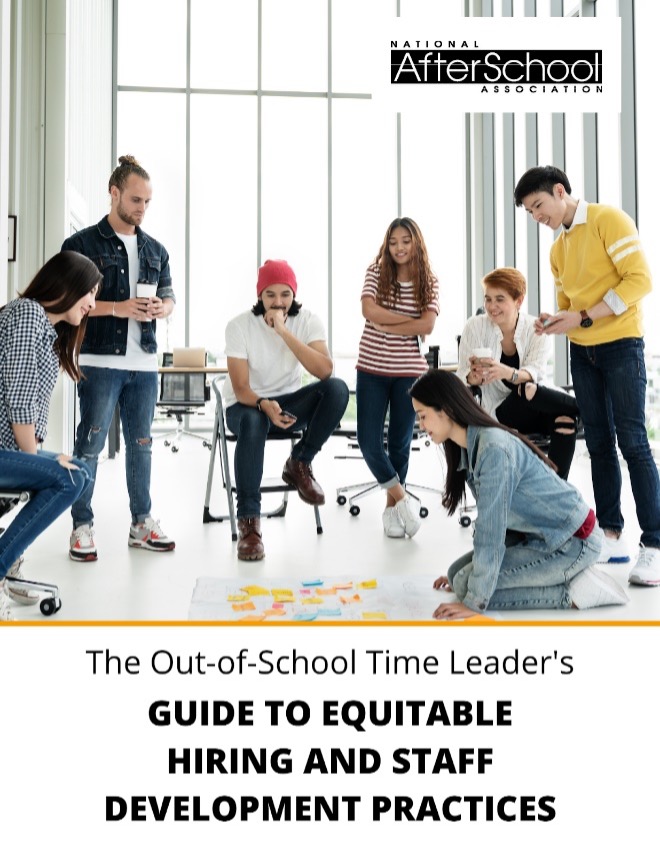The Challenge: Underrepresentation and Discrimination
As we work to remove barriers to program access we must work to ensure a strong Out-of-School Time (OST) workforce, pipeline of professionals ready to serve, and incentives and development opportunities that also create career pathways and a leadership pipeline. While front-line staff tend to reflect the communities they work in, our field hasn’t been able to retain and grow staff, particularly staff of color, into leadership positions. Many youth development leaders strive to advance equity, inclusion, and antiracism. However, a recent survey found that while 67% of front-line staff were people of color, only 58% of site-level directors and 34% of executive directors were people of color.
Across sectors, resumes and applications with traditionally white-sounding names receive 50% more callbacks than those with names perceived to be associated with Black people. Because of long-standing pay disparities, women, BIPOC (Black, Indigenous, and other People of Color), people in the LGBTQ+ community, and people from low-income communities are often at a disadvantage in salary negotiations, and this is particularly challenging when a salary range is not included in a job description. Once hired, Latinx women earn ~50% of what white men earn, roughly 54 cents to the dollar, and Black women make 64 cents to the dollar.
Of course, inequity is not limited to race. One study showed 20% of staff who identify as LGBTQ+ feel bias against their sexual orientation has impacted their career advancement. Research indicates that 25% of transgender people have lost a job due to bias, and more than 75% have experienced some form of workplace discrimination. One-third of people with disabilities report experiencing bias at work, and more than half feel their careers are stalled. These are just a few examples among the many ways people experience discrimination due to their identity.
Finding a Way Forward
Because the OST sector is rooted in the principles of youth development including creating safe and welcoming spaces for all young people, the sector is primed to be a leader in using similar philosophies to enact equitable hiring and staff development practices. We realize there is a broader need for a comprehensive overhaul of job quality in our sector, from rethinking compensation to making benefits more accessible to creating career pathways. We can do better, and we will absolutely need to in order to meet the current and future staffing demands of the growing OST field.
This guide is just the beginning of support needed to make comprehensive changes to systems, policies, funding, and practices. It is intended to catalyze the OST workforce, our stakeholders and partners to examine systems, elevate practices and policies that will build and strengthen the field.

